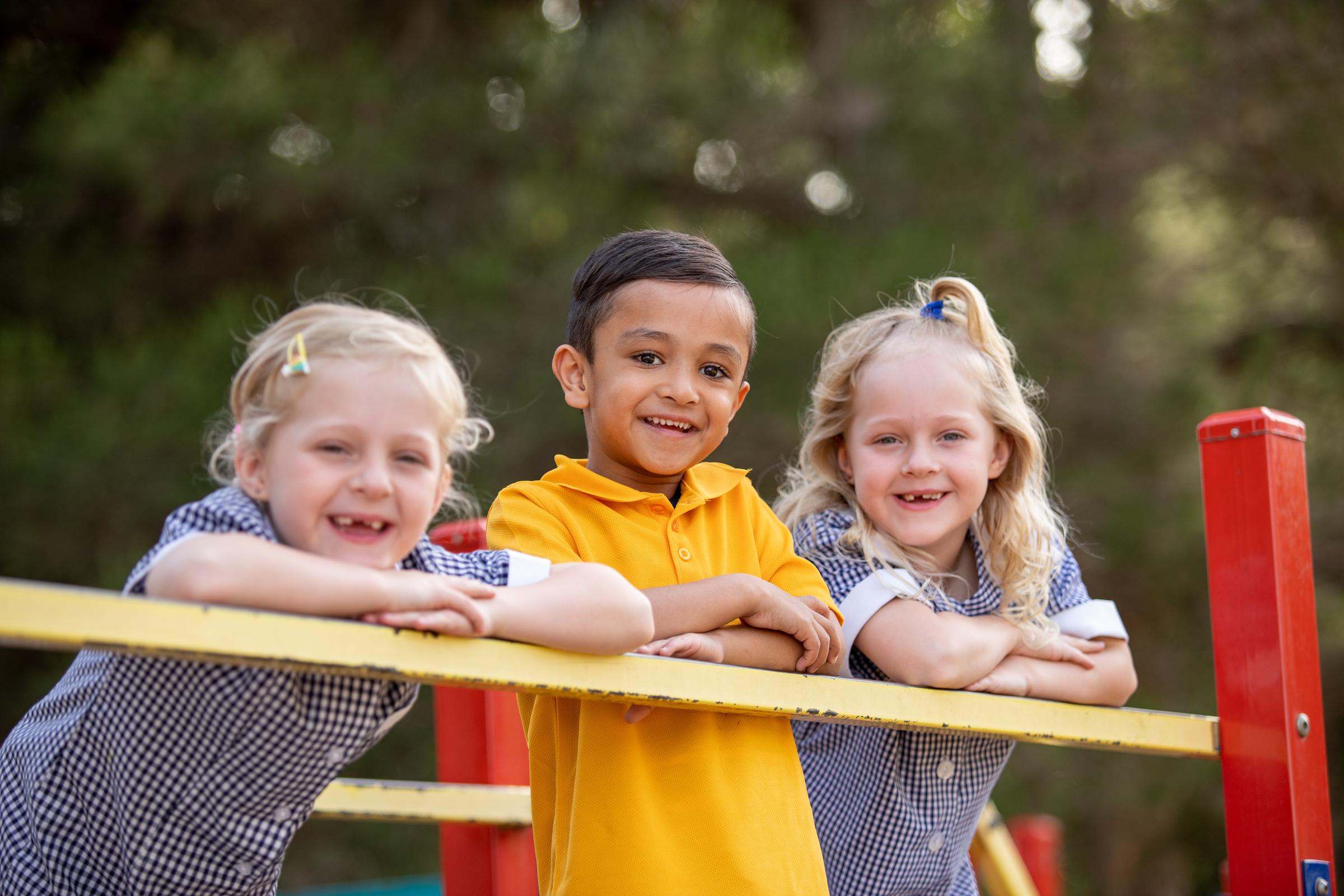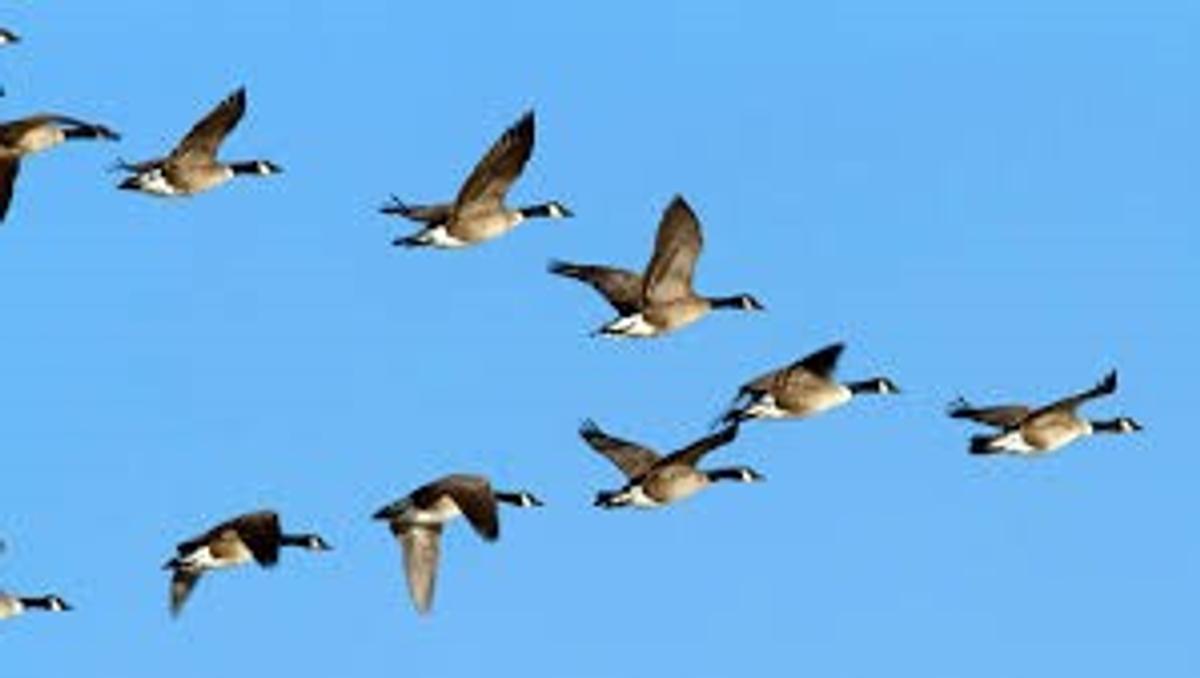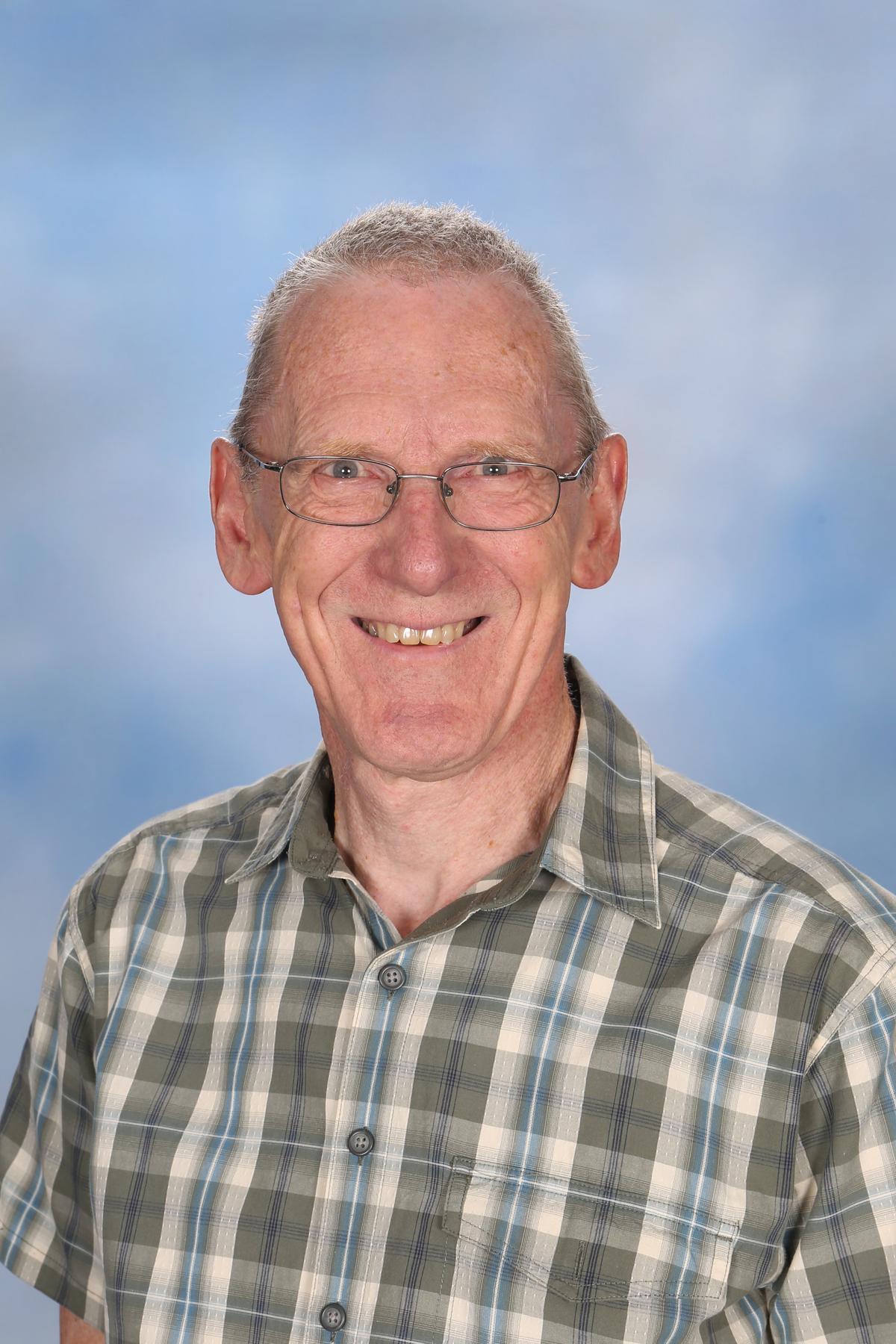Chaplain’s Spot

Chaplain's 2020 Spot
5 THINGS GEESE CAN TEACH US ABOUT TEAMWORK
[Len Wilson - January 4, 2012]
When a flock of geese takes flight, they form a v-shape flying pattern, with one rotating goose in the centre leading, and all the other geese trailing behind. Why do they always fly in this distinctive v-formation, and what can we learn from them?
1. When geese fly together, each goose provides additional lift and reduces air resistance. By flying in this formation, scientists believe that the flock can fly 70% further than each goose flying alone. They reach their destination more quickly and with less energy when flying together in this way. When people work together well, sharing common values and a common destination, they all arrive at the destination quicker and easier, because they are lifted up by the energy and enthusiasm of one another.
2. When a goose drops out of the v-formation it quickly discovers that it requires a great deal more effort and energy to fly. That goose will quickly return to the formation to take advantage of the lifting power that comes from flying together. Sometimes people will drop out of a group and try to accomplish goals on their own. Like the geese, they usually discover that they miss the synergy that comes when they are an active part of a cohesive team moving toward their destination, and want to return to the group.
3. Geese rotate leadership. When the lead goose gets tired, it drops out of the front position and moves to the rear of the formation, where the resistance is lightest, and another goose moves to the leadership position. This rotation of position happens many times in the course of the long journey. When a team is functioning well, various team members may take the leadership role for a while because of a particular expertise or experience. Hence, everyone has the opportunity to lead as well as follow.
4. Geese honk at each other. They also frequently make loud honking sounds, communicating with each other during their long flight. Similarly, it is important for each team member to communicate regularly with others. Human teams can learn from flying flocks of geese that constant communication is vital in moving effectively towards a common destination.
5. Geese help each other. Scientists also discovered that when one goose becomes ill or injured, and drops out of the formation, two other geese will fall out of formation and remain with the weakened goose. They will stay with and protect the injured goose from predators until it is able to fly again or dies. Likewise, human teams work best when they do more than just work together, but care for the well-being of each other.
Offer of the week
I have added some helpful resources to the Compass School Documentation section. You will find my Consent form, folders for Resilience, Feelings, Strengths and Parenting, as well as other documents.
If you would like to make contact with me, please send a message via Compass, and we can arrange either a FaceTime session or a phone call.
My wife Bonnie and I have been enjoying the above 4 games over the past few weeks – UNO Flip [a double-sided version], Bananas, Guess Who? cards, and Trominoes [ a triangle version of dominoes]. I recommend all of these games if you are looking for some more fun family activities. I have also seen several of our families when I have been on my afternoon walks recently. Stay safe and healthy everyone.
Alan Silverwood – Chaplain - Pastoral care for our community. [silverwood.alan.l@edumail.vic.gov.au] Supporting the School community in emotional, social, spiritual and practical well-being. The Chaplaincy program is funded through Federal Government & Community support including; CCCVaT, Great Ryrie Primary School Council and local private and community donations.



